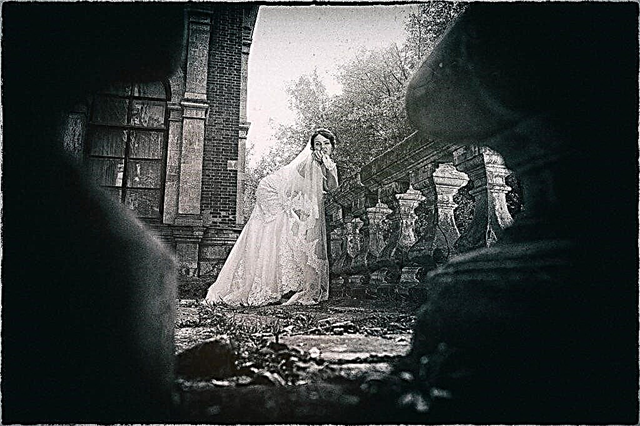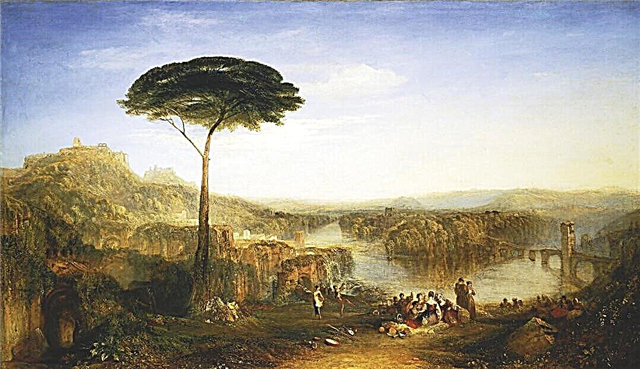For Alexander Blok, a woman was a creature endowed with divine power. Lyubov Dmitrievna Mendeleev, the poet’s wife, became for him a kind of muse, guardian angel and Madonna descending from heaven. But the next break with her beloved woman inspired the creator to write the poem "I Enter Dark Temples ...".
History of creation
In 1902, Alexander Blok did not yet have the good fortune to call Lyubov Mendeleev his wife. This was the period of his passionate love and interest in V. Solovyov’s ideology. The essence of this worldview was the exaltation of femininity and the divine essence of love for the weaker sex.
When Lyubov Dmitrievna broke up with the poet, this plunged him into deep sadness. Alexander Blok himself called this period of his life insanity, because in every woman passing by, he was looking with his eyes for his beloved. The break made him more devout. The writer did not miss Sunday services and often visited churches in the hope of meeting Lyubov Mendeleev. And so the idea of the poem came about.
Genre, direction and size
“I enter dark temples ...” can be called a love message, because the author describes the feelings and emotions that the image of his beloved evokes in him. But nevertheless, in this love message there are also features of philosophical lyrics related to the teachings of V. Solovyov.
The poem is written in the spirit of symbolism. To better convey the excitement and awe of the lyrical hero, Alexander Blok used dolnik with a cross rhyme.
Images and Symbols
The whole poem is permeated with a spirit of mystery. One of the main images here is the scene - the temple. In this holy place, the lyrical hero, reading prayers, is waiting for a miracle: the appearance of his beloved. The temple in the context of this poem acts as a symbol of faith and hope.
The red light passes through the entire cycle of “Poems about the Beautiful Lady”, dedicated to Lyubov Mendeleeva. It serves as a sign of passion and the manifestation of that exalted love that Alexander Blok esteemed. Mostly, the Beautiful Lady herself acts. She is the ultimate dream, the thought of happiness and eternal love. The poet himself is not afraid to compare her with the Virgin, thereby equating his beloved with the saints.
The lyrical hero is ready to worship the image of his "holy" love. He is full of trepidation and hope, faith and desire to achieve eternal and beautiful passion. His soul is alarmed and devastated, but he believes that the appearance of the Beautiful Lady will be able to resurrect him.
Themes and moods
The main theme, of course, is the love of the lyrical hero. He languishes with passionate feelings for his ideal lover. The motive of double peace inherent in the work of Alexander Blok (the proximity of the real and secret incomprehensible world) leads to a philosophical theme.
The poem seems to be covered in mystical mystery. It causes awe and fascinates. The whole atmosphere is a hint; there is nothing real. Everything is illusory.
Main idea
The meaning of the poem is the need for love for the soul of man. She can heal her or turn her to ashes. Without it, man cannot exist. Pain, happiness - he is ready to endure everything, if only to love and be loved.
The main idea of the work reflects the worldview of the poet. If Dostoevsky’s world is saved by beauty, then Blok has only love. She moves everything and everyone. In it he saw the meaning of his life, and in each of his work only pure and holy passion gives hope.
Means of artistic expression
To recreate the necessary atmosphere, Alexander Blok uses epithets (dark temples, affectionate candles, poor rite, encouraging features).
They help create dynamics and emphasize the emotionality of personification (smiles, fairy tales and dreams run, the image looks). The author emphasizes the excitement of the lyrical hero with exclamations, rhetorical questions. A metaphor (of the Great Eternal Wife) alludes to the sanctity of the image of the beloved.


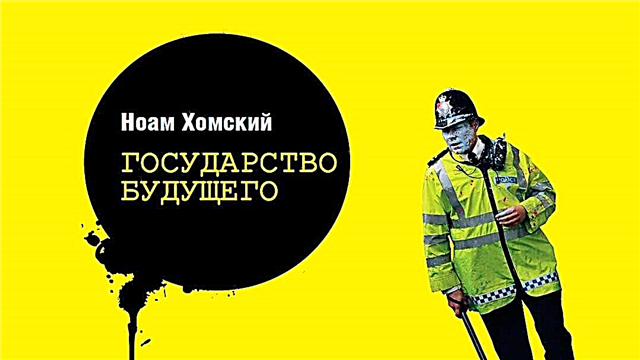
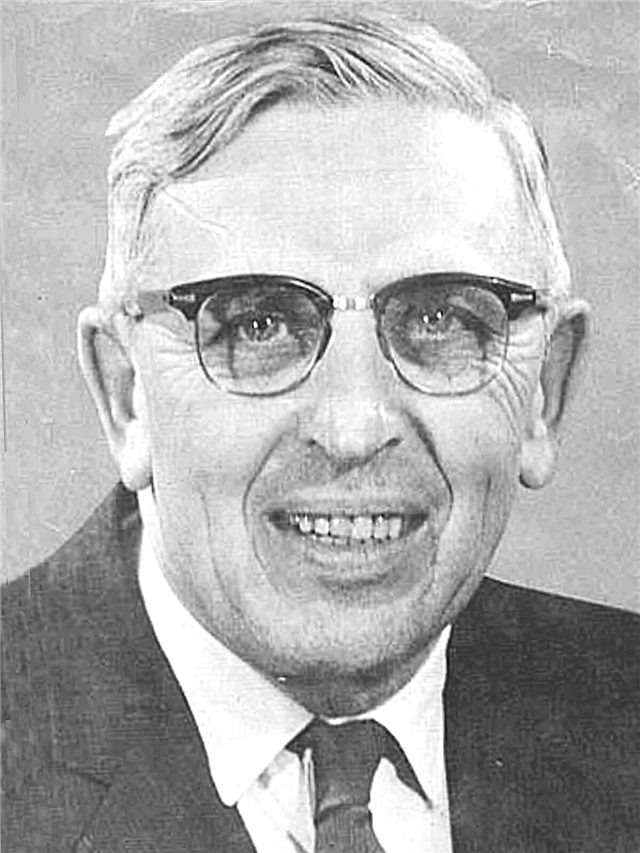
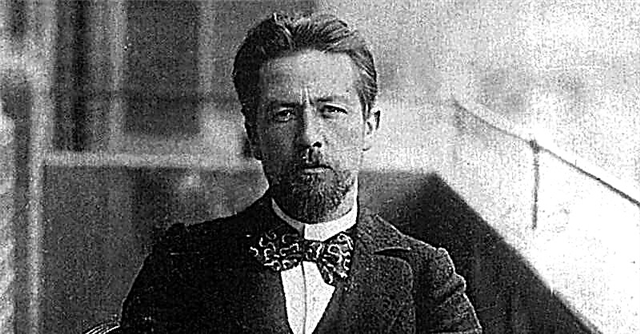
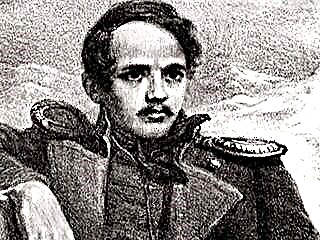

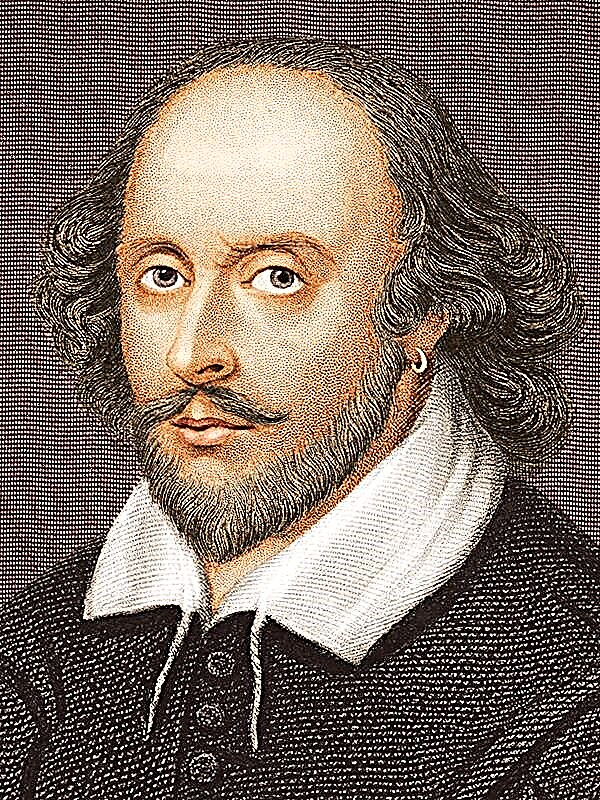 twelfth Night
twelfth Night


